Toyota has long been one of the top car manufacturers in the world, and since its inception, it has produced some of the most iconic vehicles ever made. Not only that, but the company has continued to innovate and evolve with the times, ensuring that its vehicles are always ahead of the curve.
In this article, we’ll take a look at some of the oldest Toyota vehicle models ever released. These vehicles span decades of engineering and design, from the humble Toyota SG to the Toyota DA. Whether you’re a fan of vintage cars or just curious, you’ll find something here to pique your interest. So let’s get started and explore the 10 oldest Toyota vehicle models ever released!
10. Toyota SG
Year Launched: 1952
Production Years: 1952 to 1954
Engine: Type S
Body Style: 2-door light truck
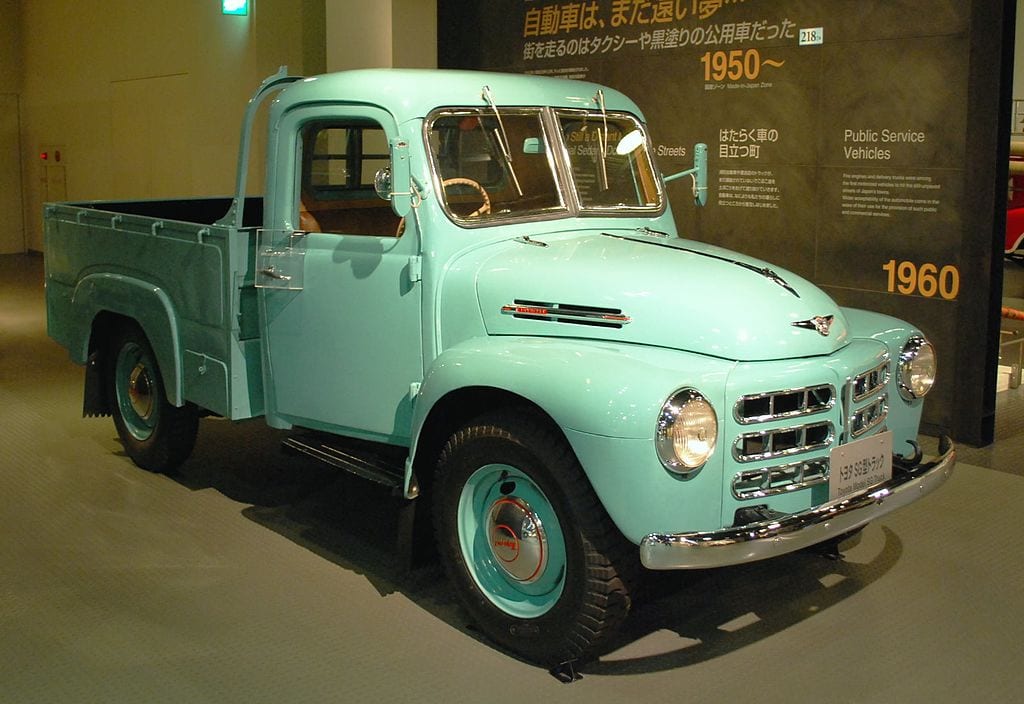
The Toyota SG was a light truck produced by Toyota in Japan between 1952 and 1954. It was Toyota’s first passenger vehicle and was based on the Toyota SB truck that was introduced in 1951. The SG was equipped with a Type S engine, a 4-cylinder 1.5-liter engine that produced 37 horsepower and had a 2-door body style.
Known for its dependability and strength, the Toyota SG was favored by business owners and commercial users in Japan, but was only sold domestically and not widely known outside of the country. It was eventually replaced by the Toyota Stout in 1954, which provided more cargo space and better performance.
Did You Know?
The Toyota SG played a crucial role in the history of Toyota and was a key factor in the company’s success in the passenger vehicle market.
9. Toyota SF
Year Launched: 1951
Production Years: 1951 to 1953
Engine: Type S
Body Style: 4-door sedan
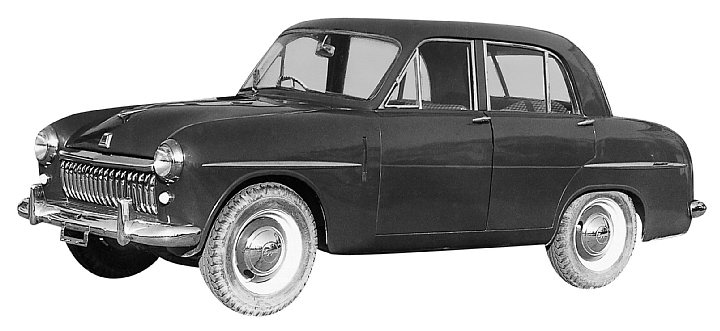
The Toyota SF was a compact 4-door sedan produced by Toyota in Japan between 1951 and 1953. The vehicle was powered by a Type S engine, a 4-cylinder 1.5-liter engine that generated 37 horsepower and allowed for a top speed of approximately 80 km/h. The Toyota SF was designed to meet the demands of both personal and commercial use, and was well-regarded for its affordability, reliability, and versatility in its home market of Japan.
Although the Toyota SF had a limited production run of only two years, it was a significant milestone in the company’s history, marking the initiation of Toyota’s entry into the passenger vehicle market. The SF helped to establish Toyota’s reputation for producing dependable and cost-effective vehicles, and was instrumental in the company’s continued growth and success.
Did You Know?
The Toyota SF was not widely exported and is not as well-known outside of Japan.
8. Toyota SD
Year Launched: 1949
Production Years: 1949 to 1951
Engine: Type S
Body Style: 4-door sedan
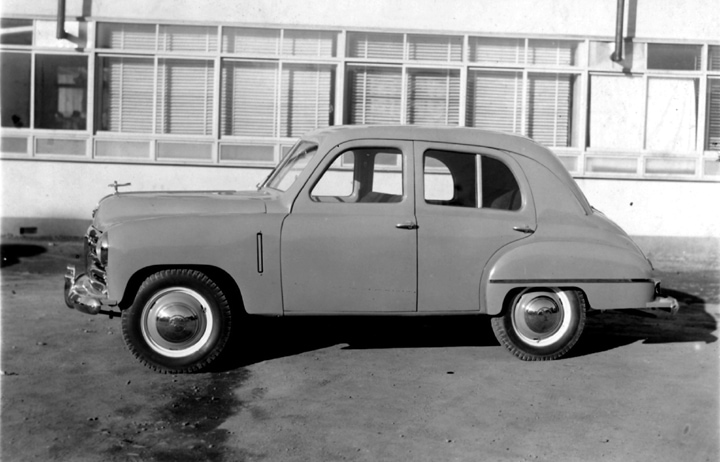
The Toyota SD was a compact 4-door sedan produced by Toyota in Japan from 1949 to 1951. The vehicle was equipped with a Type S engine, a 1.5-liter 4-cylinder engine that generated 37 horsepower, enabling the SD to achieve a top speed of approximately 80 km/h.
The Toyota SD was also notable for its advanced features for its time. The SD was equipped with hydraulic brakes, a first for a Toyota vehicle, and had a sophisticated suspension system for improved handling and ride comfort. These advanced features made the Toyota SD a pioneering vehicle in the automotive industry and helped to set the stage for Toyota’s continued innovation and growth.
Did You Know?
The SD was also one of the first vehicles to be equipped with a 4-speed manual transmission, which was a departure from the 2-speed transmissions commonly used in vehicles at the time.
7. Toyota SB
Year Launched: 1947
Production Years: 1947 to 1952
Engine: 995 cc Type S SV I4
Body Style: 2-door light truck
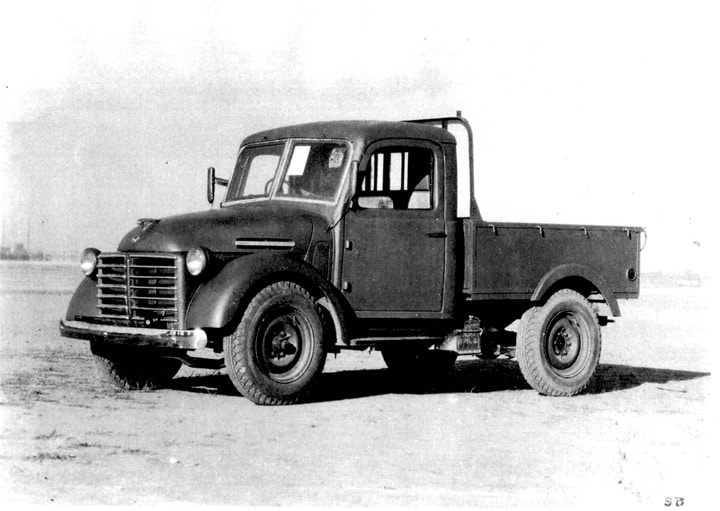
The Toyota SB was a two-door light truck manufactured by Toyota during the years 1947 to 1952. It was fitted with a four-cylinder, 995 cc Type S SV I4 engine that produced 25 horsepower. Its design was straightforward and practical, featuring a flat, box-like body style that maximized interior space and a steel construction that was both sturdy and able to withstand heavy use.
Additionally, its suspension system was rugged and durable, making it suitable for use in rough terrain and under heavy loads. The engine was known for its reliability, and the vehicle was equipped with a four-speed manual transmission that facilitated smooth and responsive shifting.
Did You Know?
The SB was designed to be multi-functional, with a spare tire mounted at the rear for increased cargo space.
6. Toyota SA
Year Launched: 1947
Production Years: 1947 to 1952
Engine: Type S
Body Style: 2-door sedan
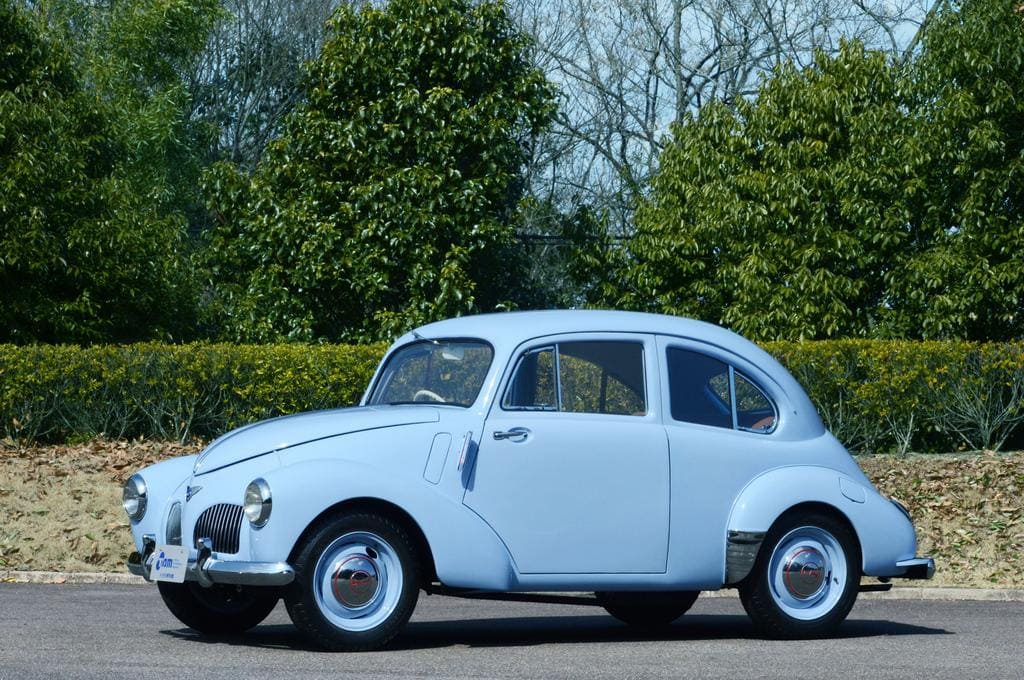
The Toyota SA was a two-door sedan, introduced by the automaker in 1947 and produced until 1952. It was equipped with a Type S engine, offering a simple yet functional design that made it suitable for urban driving. Despite its compact size, the SA was a capable and trustworthy vehicle, delivering smooth handling and responsive performance.
The SA was fitted with a manual transmission that allowed for precise shifting, while the Type S engine offered adequate power. Its interior was practical, featuring a basic dashboard and necessary amenities. The Toyota SA played a significant role in the brand’s early history, contributing to the company’s well-respected reputation for producing quality and dependable vehicles.
Did You Know?
The SA remains a noteworthy classic car today, revered by collectors and enthusiasts for its place in automotive history.
5. Toyota Su-Ki
Year Launched: 1943
Production Years: 1943 to 1944
Engine: 6-cylinder gasoline
Body Style: boat-shaped body truck
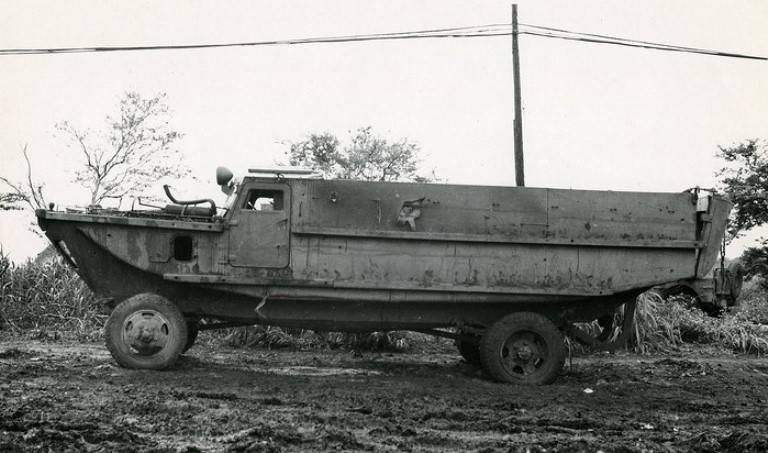
The Toyota Su-Ki was a flat-bodied truck with a distinctive boat shape, introduced in 1943 and produced until 1944. It was powered by a six-cylinder gasoline engine and designed to meet the demands of a nation in conflict, with a robust construction suitable for rough usage.
The Su-Ki was a multi-functional vehicle, boasting a spacious flat body that offered ample storage. Its gasoline engine was known for its dependability, paired with a manual transmission for smooth and efficient shifting. Its rugged suspension system made it a suitable choice for tough terrains and heavy loads.
Did You Know?
Despite its limited production time, the Toyota Su-Ki had a significant impact on the automotive industry, showcasing innovative and practical design.
4. Toyota AC
Year Launched: 1943
Production Years: 1943 to 1947
Engine: 3.4L Type B I6
Body Style: 4-door sedan
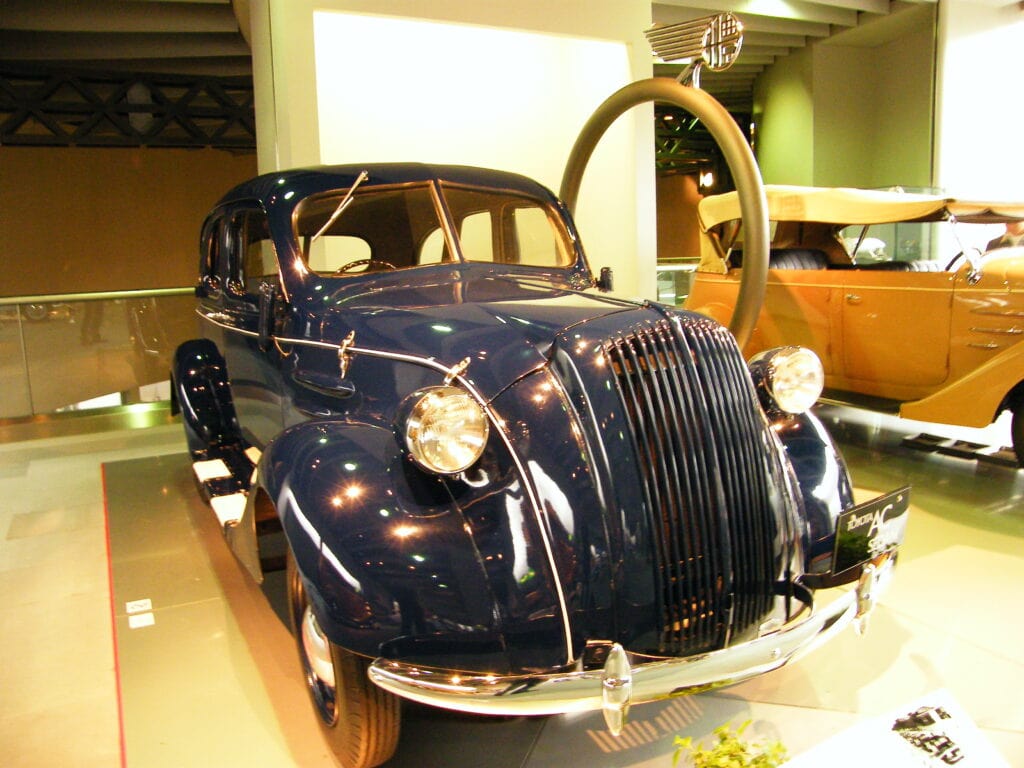
The Toyota AC was a four-door sedan that made its debut in 1943 and was produced until 1947. This vehicle was equipped with a 3.4-liter Type B inline six engine, providing ample power for daily use. It had a practical design with a spacious interior, making it an ideal option for urban driving.
Not only was the Toyota AC known for its dependability and practicality, but it was also renowned for its innovative features. The hydraulic brakes it featured were a major advancement at the time, offering improved stopping power and increased safety compared to the mechanical brakes that were standard on other vehicles. Its fully synchronized gearbox allowed for smoother gear changes, making driving the AC a more enjoyable experience.
Did You Know?
Its stylish design, with elegant lines and a sleek look, made it a standout on the road and was offered in a range of colors, providing customers with the ability to choose a vehicle that suited their personal style.
3. Toyota AE
Year Launched: 1941
Production Years: 1941 to 1943
Engine: 2.3L Type C I4
Body Style: 4-door sedan
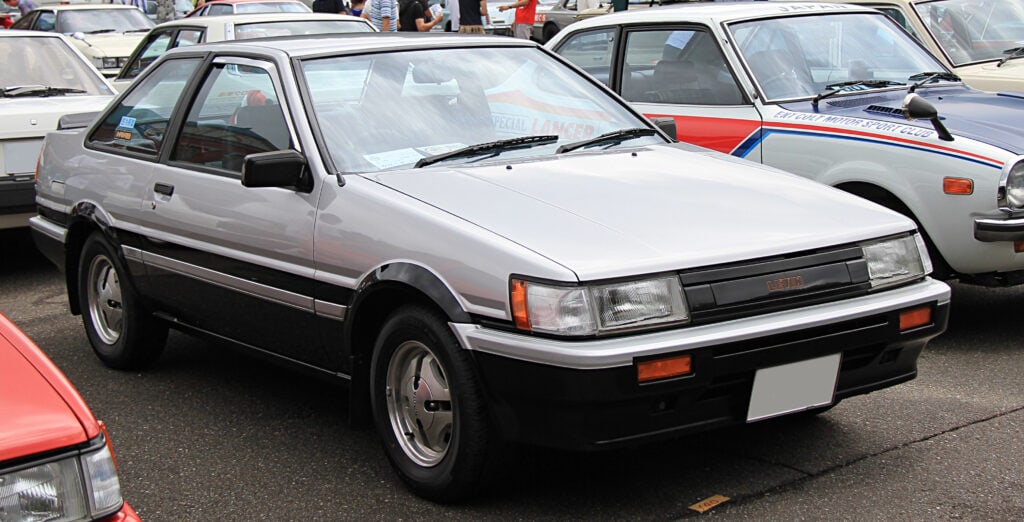
The Toyota AE was a four-door sedan that was launched in 1941 and was produced for a period of two years until 1943. It was equipped with a 2.3-liter Type C inline four engine, delivering reliable performance and power. The AE was designed with practicality and comfort in mind, featuring a spacious interior that could accommodate passengers comfortably.
One of the key features of the Toyota AE was its advanced technology, including hydraulic brakes and independent suspension system. These innovations improved the car’s overall handling and safety, providing drivers with enhanced stopping power and a smoother ride. The hydraulic brakes were a departure from the traditional mechanical brakes of the time, providing better performance and reliability.
Did You Know?
The independent suspension system, on the other hand, ensured a comfortable journey, even on rough roads.
2. Toyota AA and AB
Year Launched: 1936
Production Years: 1936 to 1943
Engine: 3.4L Type A I6
Body Style: 4-door sedan
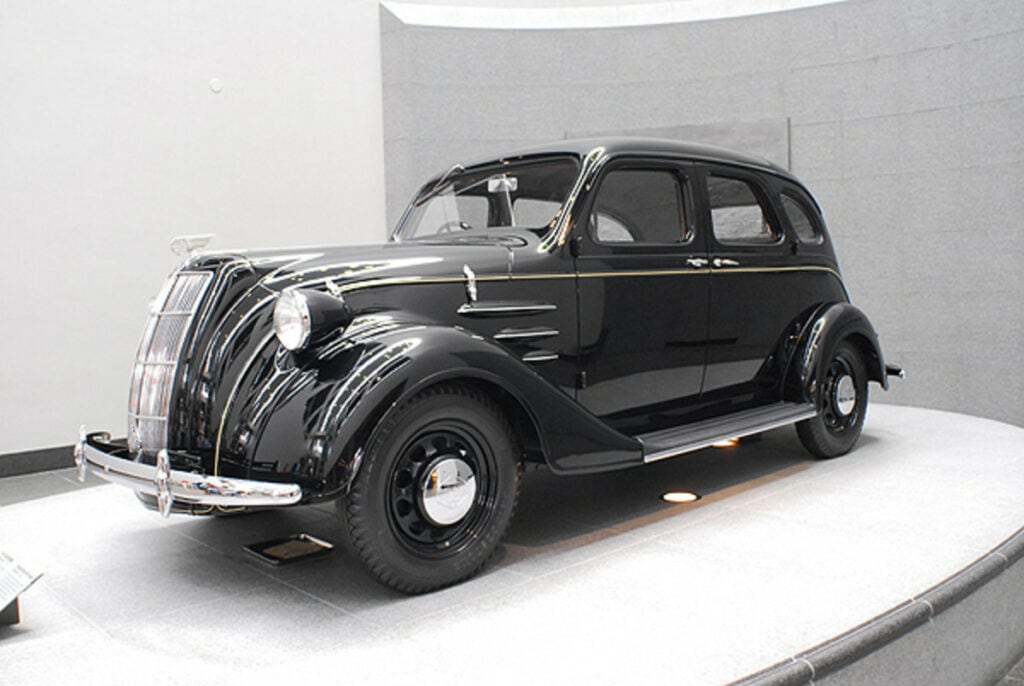
The Toyota AA and AB were introduced in 1936 and were in production until 1943. These vehicles represent a key moment in Toyota’s history, as they were the company’s first passenger cars. The Toyota AA and AB were equipped with innovative features such as hydraulic brakes and a synchromesh transmission, which helped establish Toyota’s reputation for producing reliable and technologically advanced vehicles.
During World War II, the Japanese military utilized the Toyota AA and AB due to their dependability and sturdiness. Furthermore, the design of the Toyota AA and AB was also influential, serving as inspiration for future models such as the Toyota Model SA, Toyota Model SB, and Toyota Model SD.
Did You Know?
The vehicles were exported to other countries, including the United States, expanding Toyota’s global reach.
1. Toyota DA
Year Launched: 1936
Production Years: 1936 to 1940
Engine: 6.5 L 2D diesel I6 (DA)
Body Style: 2-door truck
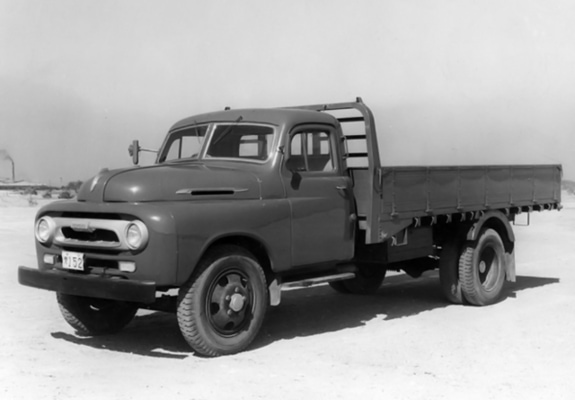
The Toyota DA is the oldest Toyota vehicle model ever released. As the first diesel-powered vehicle produced by the company, it was an important step forward in Toyota’s evolution. Its rugged and durable design made it ideal for various commercial and industrial applications, establishing Toyota’s reputation for producing vehicles that are practical and reliable.
The adoption of a diesel engine was innovative for the time, offering increased fuel efficiency compared to gasoline-powered vehicles and solidifying Toyota’s reputation as a leader in automotive innovation. The Toyota DA also represents an important moment in the history of diesel-powered vehicles, demonstrating the feasibility and efficiency of diesel engines and paving the way for their widespread adoption.
Did You Know?
The Toyota DA was a landmark vehicle in Toyota’s automotive history.











